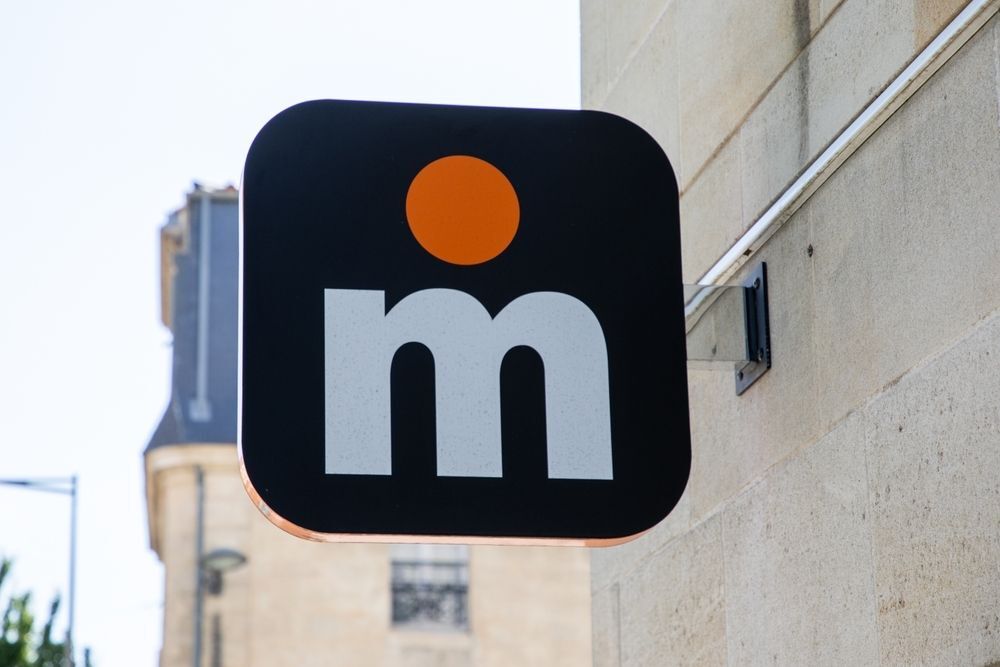
Need a Sign Fast? How We Deliver Quality Signs in Just One Day
When time is short and you need your message seen, Signs In 1 Day is here to help. For over 31 years, we’ve proudly served the Ann Arbor community with high-quality, fast sign printing services that never compromise on craftsmanship. From small businesses to large organizations, we know that sometimes you need same day signs and you need them to look exceptional.
Our name says it all. We specialize in fast sign printing in Ann Arbor, providing custom solutions that are designed, produced, and ready to display in just one day. Whether you’re preparing for a last-minute event, an urgent promotion, or an unexpected business need, our team is equipped and ready to deliver.
We combine speed with reliability. Thanks to our in-house design and production team, every project stays local; no outsourcing, no shipping delays, and no lost communication. That means your signs are created right here in Ann Arbor, by people who care about your brand and your deadline.
The Power of Speed Without Sacrificing Quality
At Signs In 1 Day, we understand that urgency often comes with pressure. You might need your signs printed today, but you still expect the same professional finish and durability as if you had weeks to prepare. That’s why we’ve built our entire production process around efficiency without compromise.
Our secret is simple: in-house expertise and cutting-edge technology. By managing every stage of production ourselves, we control quality from start to finish. Our advanced digital printers produce crisp, vibrant colors that stand out whether viewed up close or from a distance. We use durable materials designed to withstand outdoor exposure, ensuring your same day signs stay bold and clear, even in Michigan’s unpredictable weather.
From banners that make an impact to A-frame sidewalk signs that draw in foot traffic, we treat every order with the same care and precision. We don’t believe in cutting corners; we believe in making every minute count.
Our customers often tell us they’re amazed at how quickly we turn around their projects without ever compromising the quality they expect. It’s a reputation we’ve earned through decades of consistency, attention to detail, and dedication to our craft.
Custom Signs in One Day: Designed and Produced In-House
What makes our service truly unique is our ability to produce custom signs in one day, from concept to completion. Our experienced designers work directly with you to bring your ideas to life. Whether you have a logo ready to print or just a rough concept in mind, we’ll collaborate with you to make sure your sign perfectly fits your purpose.
We offer a wide variety of signage options available for same-day turnaround, including:
Banners for grand openings, sales, and events
Yard signs for real estate, campaigns, and community announcements
Posters for retail displays, schools, and local events
A-frame sidewalk signs for restaurants and storefronts
Business signage for offices, construction sites, or emergency replacements
We know that not every project can wait. That’s why we keep our materials stocked and our machines running efficiently, so we can handle rush orders without delay.
Because we’re local, you can pick up your signs right here in Ann Arbor or have them delivered quickly to your location. When you’re under pressure and need a dependable partner, we’re the team that delivers, literally.
Emergency Business Signs: When Every Minute Counts
There’s nothing worse than realizing your sign has been damaged, misplaced, or is simply missing right before an important event or opening. That’s where our emergency business signs service comes in.
At Signs In 1 Day, we understand that unexpected issues can’t wait days for a fix. If you need a replacement sign for your storefront, a quick reprint for a trade show, or signage for a new location opening tomorrow, we’ve got you covered. Our quick-response team specializes in turning emergency requests into polished results.
We take pride in being the go-to solution for businesses across Ann Arbor who find themselves in urgent situations. We’ve helped local restaurants replace outdoor menus overnight, assisted schools with last-minute event signage, and provided businesses with same day signs after unexpected changes.
No matter the challenge, we approach every emergency with professionalism, efficiency, and care. Our clients know they can depend on us for reliable communication and results that meet the highest standards.
Serving Ann Arbor with Experience, Care, and Community Spirit
As a locally owned and owner-operated business, Signs In 1 Day is deeply connected to Ann Arbor. We’re more than a sign company; we’re part of the community. For over three decades, we’ve supported local businesses, schools, non-profits, and events by providing signage that helps them stand out and succeed.
Our commitment to the Ann Arbor area means we understand the needs of our clients better than anyone else. We know what works for local festivals, university events, small businesses, and growing startups. We’ve built long-lasting relationships with organizations who trust us to deliver on time, every time.
What sets us apart isn’t just our equipment or our speed; it’s our people. Our team takes customer service seriously. When you call or visit, you’ll speak directly with a professional who can answer your questions, offer creative suggestions, and help you find the best solution for your timeline and budget.
We take great pride in what we do because we know how much your sign matters. It’s often the first impression your customers see, and we treat that responsibility with care. From the moment you reach out to the moment you hold your finished sign, we’re here to make the process easy, fast, and stress-free.
Your Trusted Partner for Same Day Signs in Ann Arbor
When you need custom signs in one day, Signs In 1 Day is the name you can trust. We combine decades of experience, cutting-edge equipment, and genuine local service to deliver results that exceed expectations, all within 24 hours.
Our fast sign printing in Ann Arbor isn’t just about speed; it’s about precision, reliability, and partnership. Whether you’re facing a tight deadline or planning ahead for your next big event, we’re ready to help you bring your vision to life with signs that stand out and last.
For more than 31 years, we’ve been proud to serve Ann Arbor with exceptional printing and signage services. From banners and yard signs to trade show displays and murals, we handle every project with the same dedication that has made us a trusted local name.
So, when time is short and quality matters, call Signs In 1 Day. We’re here to prove that fast doesn’t mean rushed; it means ready when you are.
Need a Sign Company in Ann Arbor, MI?
Here at Signs In 1 Day, we’ve proudly served the Ann Arbor community for over 31 years, offering top-notch signage and printing solutions that meet your unique needs. From custom logo letter cutting to vehicle wraps, banners, and more, we’re here to bring your vision to life with prompt, high-quality service. As a locally-owned, owner-operated business, we’re committed to delivering exceptional customer care every step of the way. Contact us today or drop by to see how we can help elevate your brand and why we’ve been trusted for over three decades!
